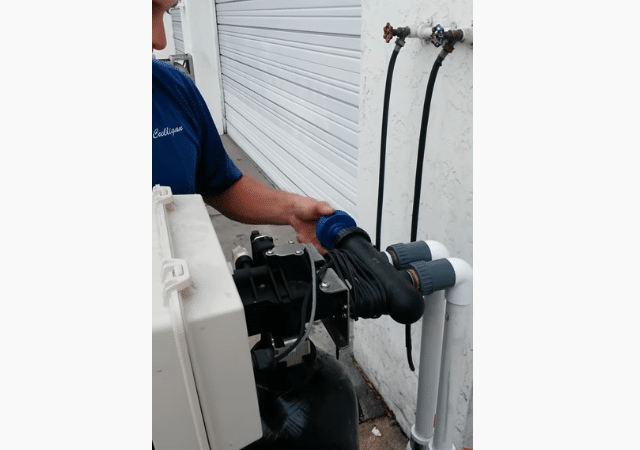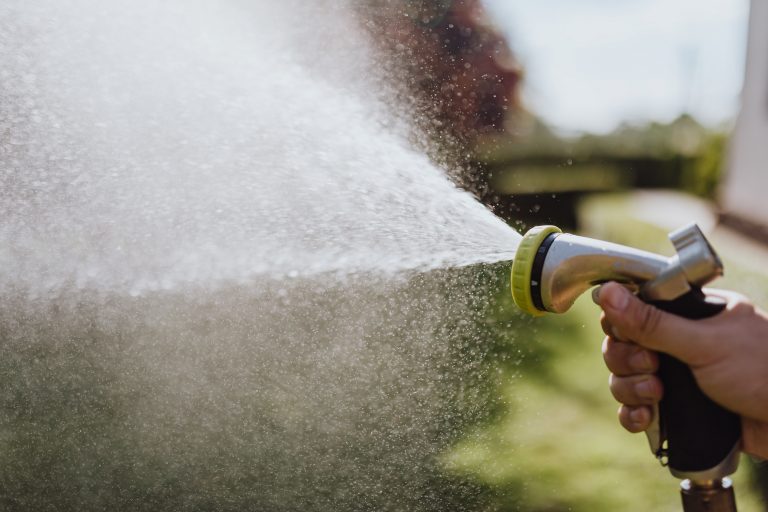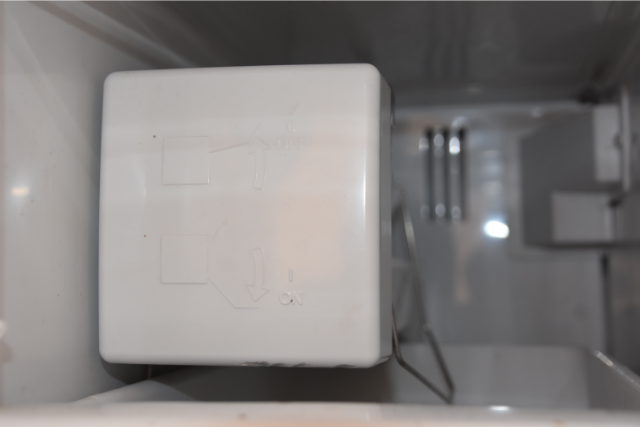How To Bypass A Water Softener System
Quite a number of water softeners come with what is called, a bypass. The bypass valve helps to direct the water away from your system without disrupting the free flow of water into your home.
Using the bypass valve can be easy when you know what to check. Your bypass valve is the third pipe between the inlet and the outlet pipes. It comes with a knob or an ergonomic handle that you can twist with ease to open the bypass setting.

Words, essential to bypassing water softener.
‘Green’ signifies service: When the valve is turned to service, water will then, flow through the system.
‘Yellow’ means bypass: when the valve is turned to bypass, it means that, this will turn off the water to the system but still allow water into the home.
‘Red’ means, no water: This means, when the valve is turned to close, this will turn off the water to the system as well as the house.
READ: How to Clean a Water Softener Resin Tank
Why should I bypass my water softener?
If your water softener is already installed, you might wonder why it should be turned on.
Soft water is usually great for indoor use because it helps certain appliances run smoothly with no hiccup. But all the same, you do not need to use soft water outside.
So, bypassing your water softener is pretty much okay especially when you have water softener repair problems.
Bypassing your water softener is great for the summer season because it will make your water softener, very efficient.
Also, since you don’t need soft water for your landscaping activities, bypassing can give your system a break without limiting the usage of your water.
That means you will still have all the water you need for watering your lawn, plants, garden, and even new trees! The bypass valve is also important because if you direct water from your unit, then you can keep any other issue in check until a water softener repairer helps out.
Another reason why you should bypass your water softener is so that you can save some money off buying softener salt by using the bypass valve.
Bypassing your water softener is also important because it prevents problems from getting worse.
How to Put a Water Softener in Bypass Mode?
- Turn the inlet and the outlet valve so that, the handle is perpendicular to the pipe. The inlet and outlet valves are often marked with a green or white tag.
- Then turn the bypass valve so that the handle is parallel with the pipe. This valve is often marked with a red tag.
- Meanwhile, this will turn the water off from the unit while still providing the water to your home.
However, there are other methods of bypassing water.
READ: 5 Best Water Softener For Apartments
Method 2
Try to locate your bypass valve. Every water softener that you install has a bypass valve that allows the water coming into your home, to bypass the softener especially if you have a problem with your device or you want to use hard water to water your lawn.
The culligan uses three main types of Bypass valves. Most home softeners have a push to the bypass valve or a turn to the bypass valve.
1. Push to bypass operation
If it is a push to bypass operation, you should locate the red button behind the right side of the control head then, with firm pressure, push the red button until it is flushed with the copper housing.
If it has been a while since the system was last bypassed, then you will require a significant kind of force.
However, if you are unable to push it in, then you can try turning the red button to a clockwise position.
Turn it to about one or two in full turns to loosen built-up sediment on the rings inside. But do not turn it counterclockwise.
Furthermore, you can also try turning on a large faucet, such as the bathtub. This will help to relieve the water pressure on the valve and make it easier to push.
But you can also tap on the button to get it started using a rubber mallet. Because a metal hammer will crack the button. Then simply push the blue button in on the opposite side of the copper housing to put your softener back in service.
2. Turn to bypass operation
If it is a ‘turn to bypass operation, then locate the single large, blue-colored knob which is behind the left or the right side of the control head.
And turn it clockwise to bypass. Ensure you turn it all the way until it stops. If you find it difficult to get it started, you can use the shaft of a screwdriver in the slots so you can use the handle as a lever.
Then to put your water softener back in service, simply turn the knob counterclockwise until it stops.
Meanwhile, do not over tighten or over loosen the valve to prevent it from damaging.
3. Three valve bypass
Now, the third kind of bypass system is called the 3 valve bypass. This kind is rarely used in commercial buildings.
It has two valves that are plumbed on both sides of the system that are always open and one other valve in the middle that is always closed.
Turn both valves on the outer sides, off by turning it in a clockwise manner. Then, turn the center valve on by rotating it in a counterclockwise manner.
Now you will see that the water is flowing past the softener and not through it.
Finally, to put your water softener back in service, you will reverse the operation by, closing the middle valve by turning it clockwise, and open both valves at the sides in a counterclockwise manner.






